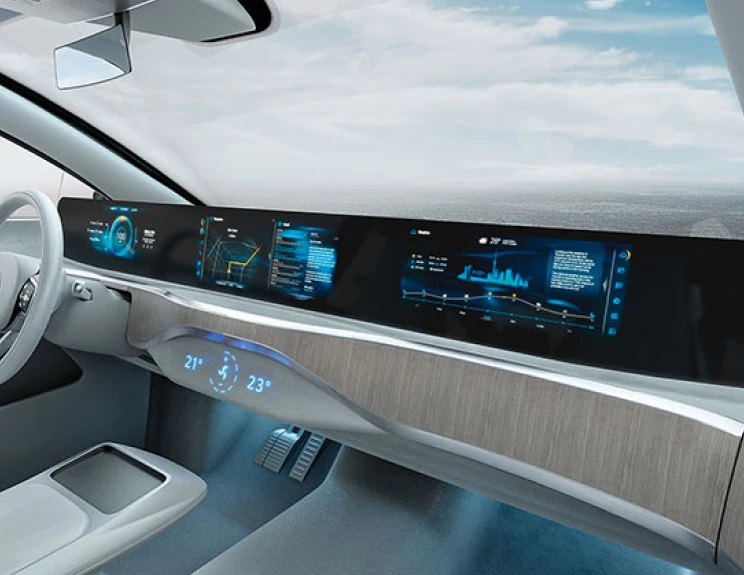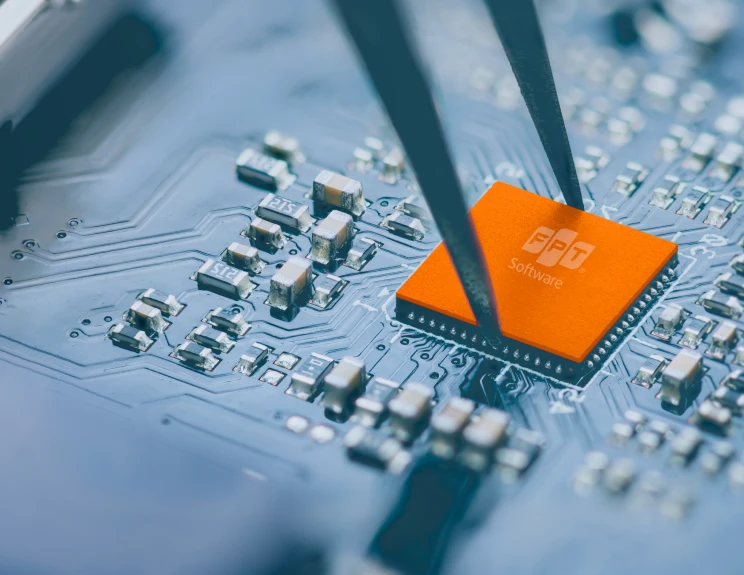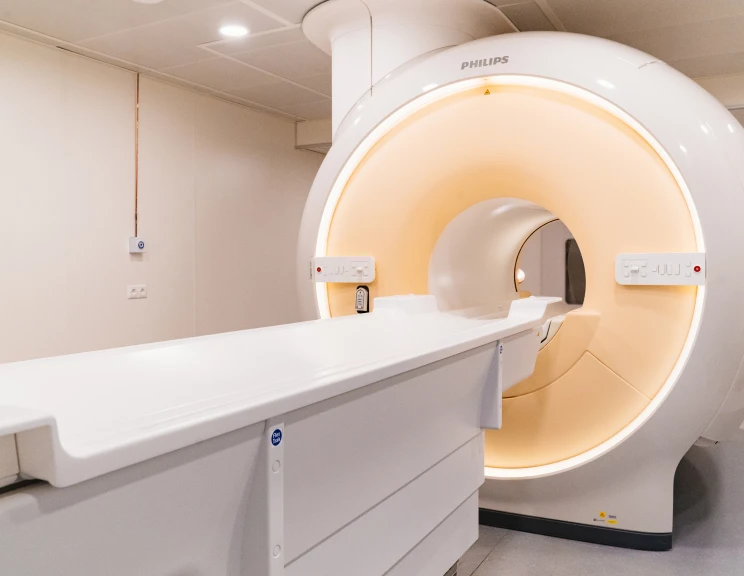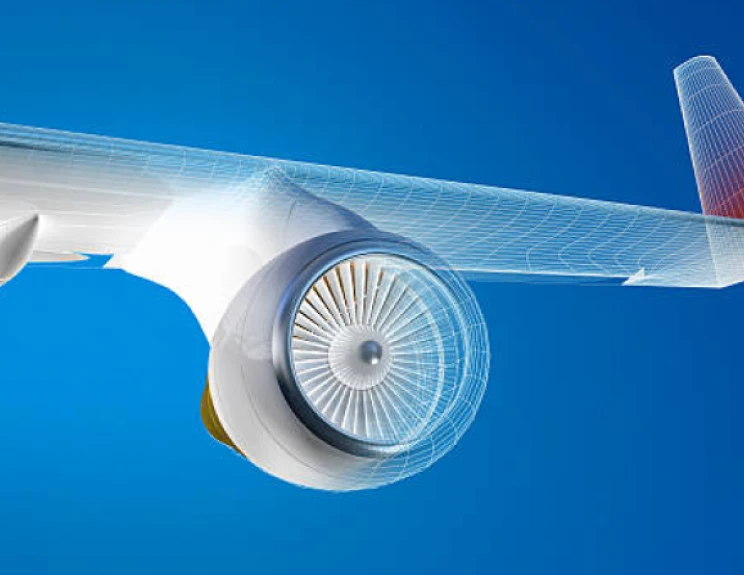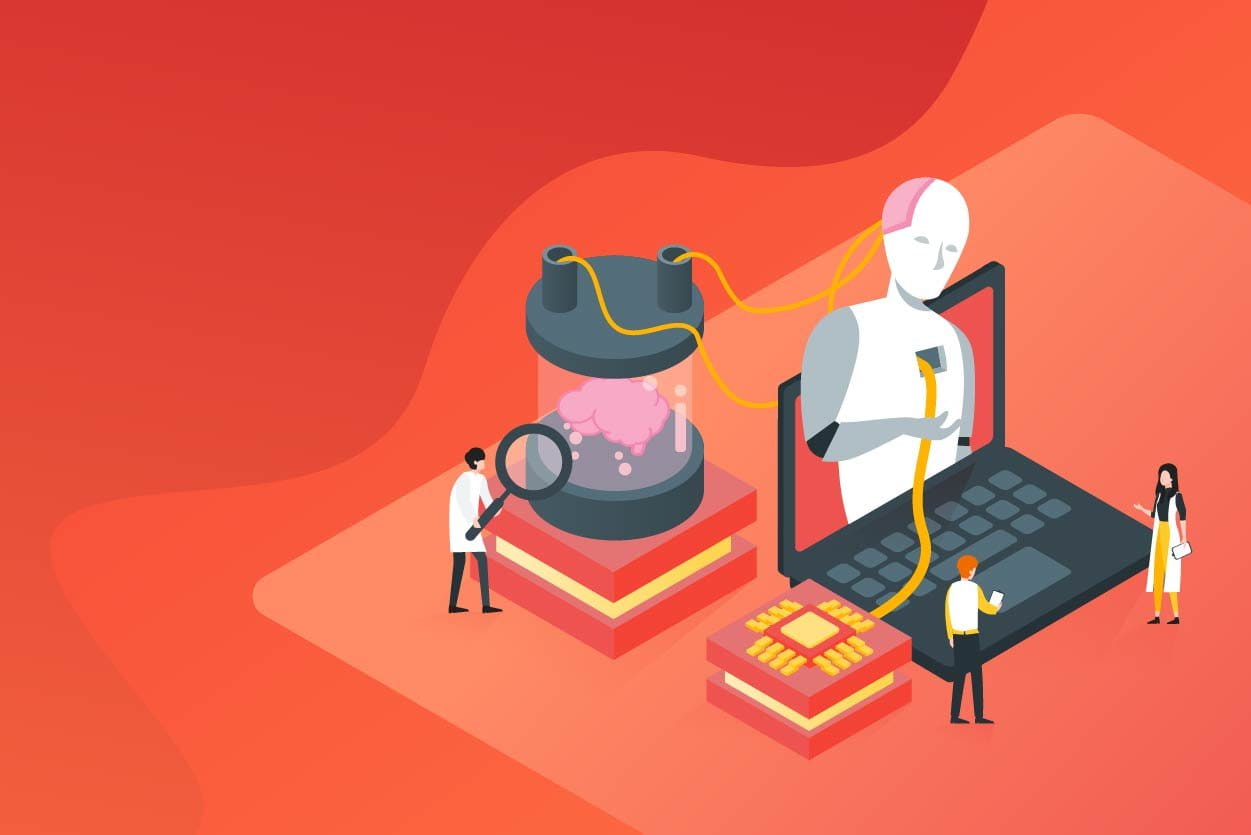
Artificial intelligence (AI) has already caused disruptions across multiple industries in 2020. As we approach the end of a turbulent 2020, here are some artificial intelligence to watch for in 2021.
AI has the unusual ability to simultaneously astound, captivate and intimidate businesses, governments and consumers alike. This has been confirmed in the turbulent 2020 as several companies investing in AI have gained financial returns. In the upcoming year, there is a likelihood that AI will continue to transform several aspects of society. Here are some thoughts on the AI trends that are likely to emerge or continue to disrupt industries in 2021.
AI would be a major driver of hyper-automation.
The core idea behind hyper-automation is that "Anything in an organization that can be automated should be". This has been even more apparent during these turbulent times. Specifically, as Covid-19 shows no sign of slowing down in several regions in the world, the demand for automating repetitive and rule-based to reduce operational costs and boost organizational efficiency rises.
However, to yield favorable results, hyper-automation cannot rely on packaged software alone. Automated business processes should be capable of responding to unexpected situations and adapting to a constantly evolving business environment. That's where AI enters the scene. Through learning algorithms and data produced by the automated system, AI tools can improve the system over time and respond timely to changing business processes and needs.
A disciplined AI engineering process would be of importance.
AI engineering is ranked among the eight strategic technology trends for 2021, as predicted by Gartner. This research company also revealed that only 53% of AI-based projects could be converted to full production. The reason was that when trying to develop AI systems, businesses usually struggle with system scalability, maintainability, governance, and scalability.
AI engineering is the solution to such a struggle. AI engineering provides a pathway, including AI into the mainstream DevOps process instead of an isolated project. A robust AI engineering strategy is believed to "facilitate the performance, scalability and reliability of AI models". Therefore, in the next year, there is a likelihood that developing a disciplined AI engineering process will be at the core of businesses that wish to deliver "the full value of AI investments".
AI-based public health surveillance sees a bright future.
As Covid-19 continues to surge in parts of the world, the role of AI in public health surveillance will remain significant in 2021. Public health surveillance is intrinsically data-driven. The ultimate goal of public health surveillance is to spot early signals of health anomalies and respond to disease outbreaks using a collection of data sources. This translates into two challenges: data sourcing and analytics. AI can address both challenges. AI opens the door to make use of a wide range of under-explored data sources for the purpose of public health surveillance, especially those not intentionally designed to solve epidemiological questions. Additionally, compared to traditional data analytics tools that are primarily statistics-based, AI performs better in a way that it can deal with several types of surveillance data, including image, video, etc.
The research on the applications of AI on health surveillance has been going on for some time. In fact, an AI platform was able to detect the Covid-19 outbreak in Wuhan before the general Chinese population was informed by the government's official announcements. More advanced applications of AI in public health surveillance have also been on the horizon, such as diagnosing Covid-19 cases via the recognition of specific lung features, detecting quarantine-avoiders via facial recognition, etc. Therefore, we can expect that in the upcoming year, AI researchers will make further breakthroughs that enhance our capability to detect and manage public health issues.
AI adds value to cybersecurity.
Coupled with the evolvement of new technologies, cyber threats have become major disruptors to governments, businesses and consumers alike. Forbes estimated that the global cost for dealing with cybercrime would reach 6 trillion US dollars by 2021.
Although fraud detection methods have existed for years, they remain insufficient to prevent this crisis from happening. AI can act as an additional tool to defend the system by weighing patterns that signify fraudulent behaviors. Additionally, AI can play a crucial role in protecting endpoints. In 2021, this is becoming even more important as the number of remote devices increases. AI-powered endpoint protection establishes a baseline of behaviors for the endpoint via a repeated training process. When an anomaly occurs, AI can identify it and take appropriate action.
Artificial intelligence is continually improving and powering more applications. Some of the above-mentioned AI trends have been there for some time but are still gaining traction over the years.
Talk to our experts and discover how to leverage Artificial Intelligence!
References
Forbes (2020). The 4 Top Artificial Intelligence Trends for 2021.
Gartner (2020). Top Strategic Technology Trends for 2021.
World Economic Forum (2019). The Global Risks Report 2019.




